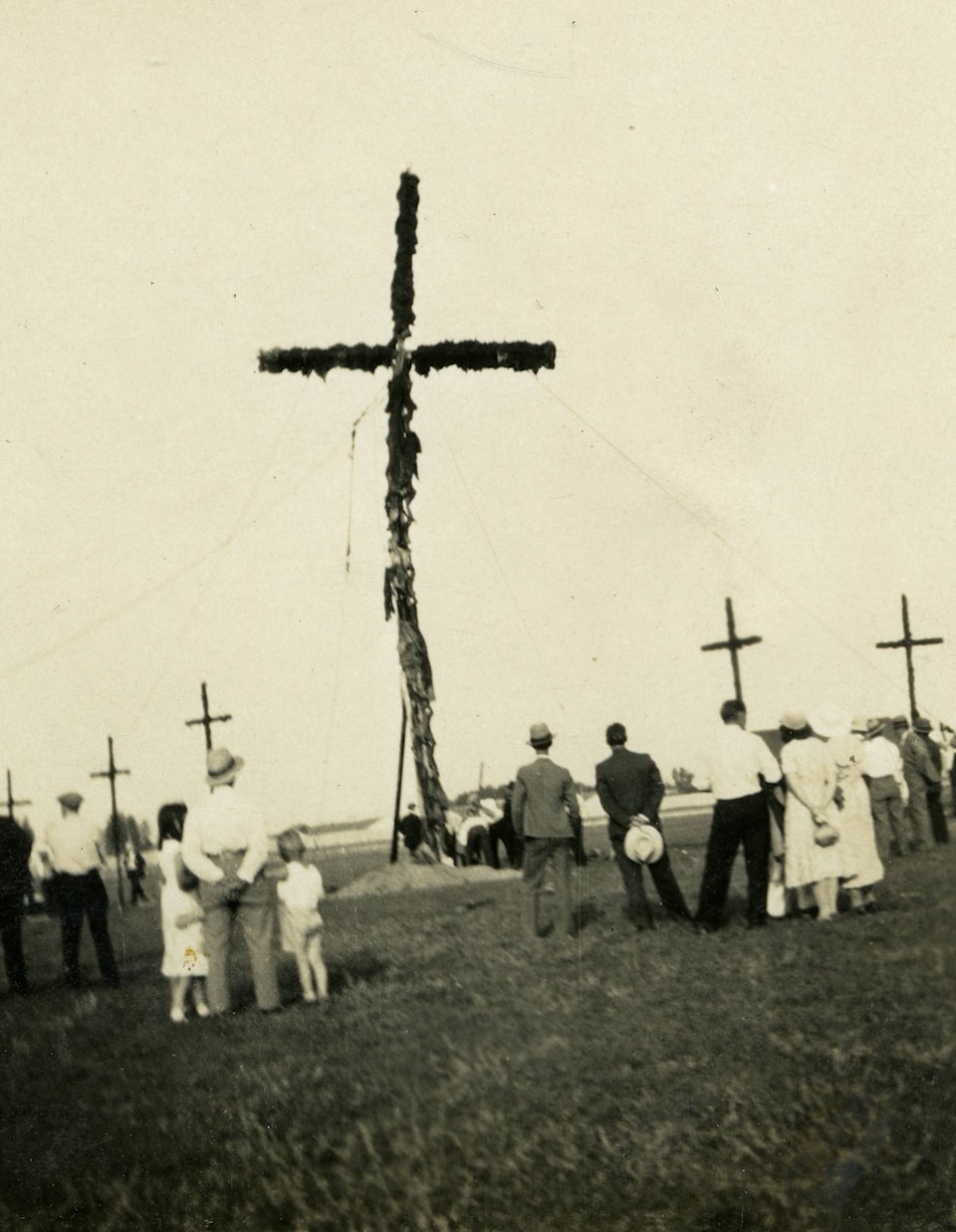Whenever economic times get tough, or the normal order of things gets disrupted, people often react with anger, fear and frustration.
Moreover, when the economic hardships become especially severe, many will turn to extremism to vent their increasing fury.
One of the manifestations of angry extremism in central Alberta was the emergence of the Ku Klux Klan in the area some 90 years ago.
The Klan first appeared in Western Canada in the early 1920s in the latter stages of the post-First World War economic depression. However, the KKK was initially small and disorganized.
Then, in 1929, the Klan joined in the successful campaign to topple the long-standing Saskatchewan Liberal government. The Klan and allied groups felt a surge of success and empowerment.
Much of the Klan activity was focused against Roman Catholics. There were only a handful of blacks and Asians across the West. However, the growing number of Roman Catholics was construed as “a threat” to the Anglo-Saxon Protestant majority.
The fact that Quebec was largely Roman Catholic helped fuel the anti-Catholic feelings.
In November 1929, just after the Great Depression started, R.C. Snelgrove, a purported Klan organizer, spoke at a well-attended meeting at the Crescent Theatre in Red Deer.
He denied any connection to the Klan, but still seemed to be very knowledgeable about it. He claimed that there were already 240 Klansmen in central Alberta and another 70 women supporters, without revealing how he might know that.
In early March 1930, with the Great Depression deepening, J.J. Maloney, a well-known Klan organizer, spoke at a series of four well-attended public meetings in Red Deer. Maloney, who had been a committed Catholic as a young man, spoke with real vehemence against the Roman Catholic Church.
A few hecklers challenged Maloney. They were escorted from the hall by Red Deer’s police chief, who stated he was trying to maintain order. One local high school teacher, J.F. Swan, stood up and politely challenged Maloney’s “facts.”
Swan stated that he knew what he was talking about, as he was a Roman Catholic and his brother was a priest.
After the meeting, there was strong pressure brought against the Red Deer Public School District for employing a Roman Catholic. Swan was forced to resign from his job.
Immediately after Maloney’s meetings, a cross was burned on the North Hill next to St. Joseph Convent. Emotions ran high, but there was no violence. Consequently, the police did not intervene.
Shortly thereafter, William Clark, a farmer from Blackfalds, organized public meetings in Red Deer and Lacombe to denounce the Klan.
A small group of local business people, including the editor of the Lacombe Globe, Barney Halpin, underwrote the expenses.
Clark was a fiery speaker and feelings ran high. A street brawl took place in Lacombe after one of the meetings.
On May 21, 1930, a Lacombe blacksmith was tarred and feathered by a group of purported Klan members. Halpin wrote a series of scathing editorials about the violence and the Klan in general.
The backlash against Halpin was fierce. He got a letter stating that if he did not desist, the newspaper’s offices would be “burned to the ground” and that he would be “glad to leave Lacombe before the KKK was through with him.”
In June 1931, Maloney returned to Red Deer and spoke at six public meetings. These were held in the old Red Deer Arena in order to handle the huge crowds, which numbered up to 1,000 per meeting.
Once again, the Lacombe Globe and newspapers such as the Red Deer Advocate attacked Maloney and the Klan.
Given the size of the crowds, the impact that Maloney had made could not be denied. He claimed that the local newspapers were writing all kinds of “fake stories” about him and the Klan’s activities. He even made an unsuccessful attempt to sue Halpin for libel.
Maloney was controversial in financial as well as political matters. In 1933, he was convicted of fraud and left Alberta.
It is unclear when the central Alberta KKK chapters folded. However, any outward evidence of activity waned by the mid-1930s.
Red Deer historian Michael Dawe’s column appears Wednesdays.
